Deck & Commander Strategies
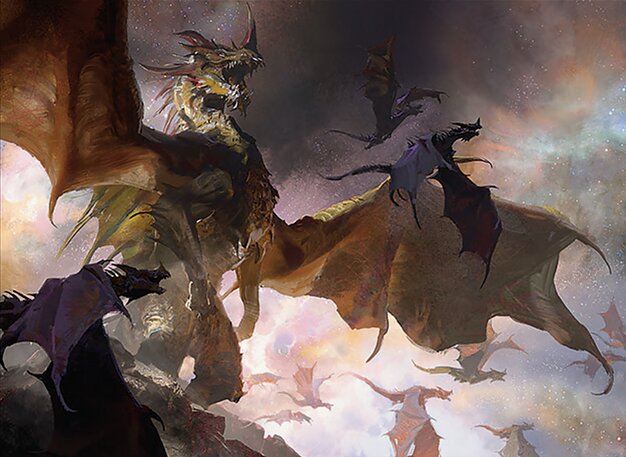
The Ur-Dragon
Ramp aggressively to cast multiple large dragons quickly, leveraging powerful dragon tribal synergies and stealing opponent’s creatures to dominate the board.
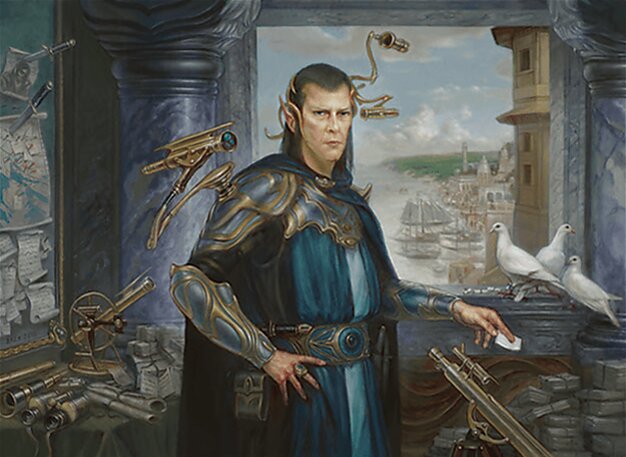
Edric, Spymaster of Trest
Focus on attacking with small evasive creatures to draw cards and gain incremental advantage, enabling a swarm strategy through continuous card draw.

Killian, Ink Duelist
Utilize cheap spells and life link minions with cost reduction to maintain pressure and card advantage, supporting aggressive combat and tempo plays.
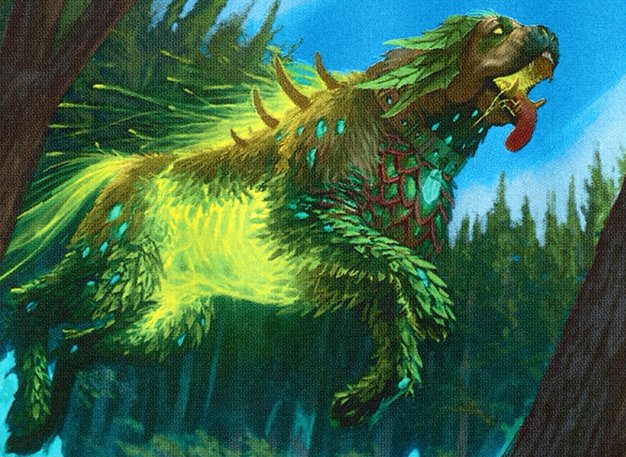
Pako, Arcane Retriever
Generate value by exiling cards from players’ libraries on attacks, growing Pako and recurring creatures to maintain board presence and pressure.
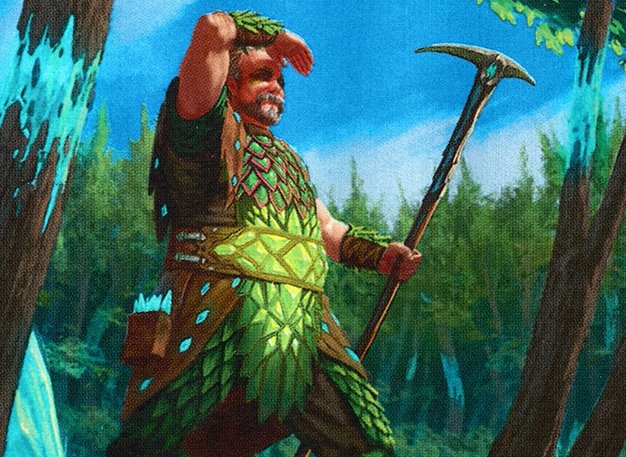
Haldan, Avid Arcanist
Cast noncreature spells and equipment to draw cards and maintain control of the board with value creatures and artifact synergy.
Gameplay Insights
- 1
The Ur-Dragon deck’s ability to cast multiple dragons early was pivotal, especially with Marwyn and cost reducers enabling a large board swing.
- 2
Dragonlord Silumgar’s ability to steal opponent creatures shifted board control and disrupted the budget decks’ strategies.
- 3
Pako’s exile and recursion mechanics provided resilience and continuous pressure against the budget decks.
- 4
Budget decks focused on ramp and incremental card draw through commanders to mitigate the high power deck’s tempo but struggled to keep pace.
- 5
The synergy of life link, cost reduction, and card draw among budget decks allowed for steady board development but was insufficient against the high-value dragons.
Notable Cards
-

Mana Crypt
-
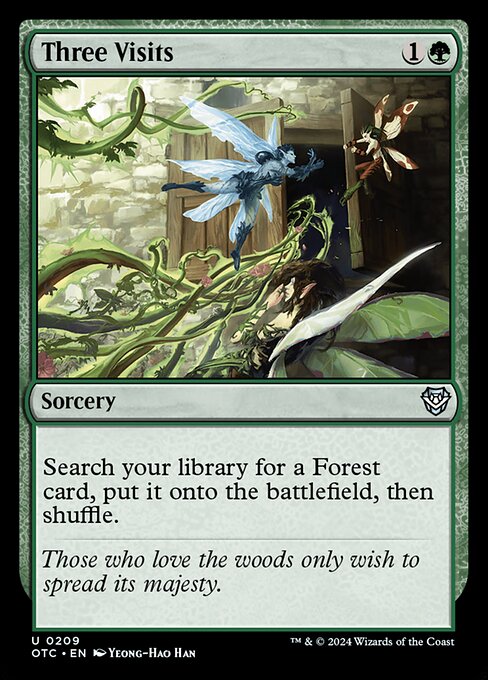
Three Visits
-
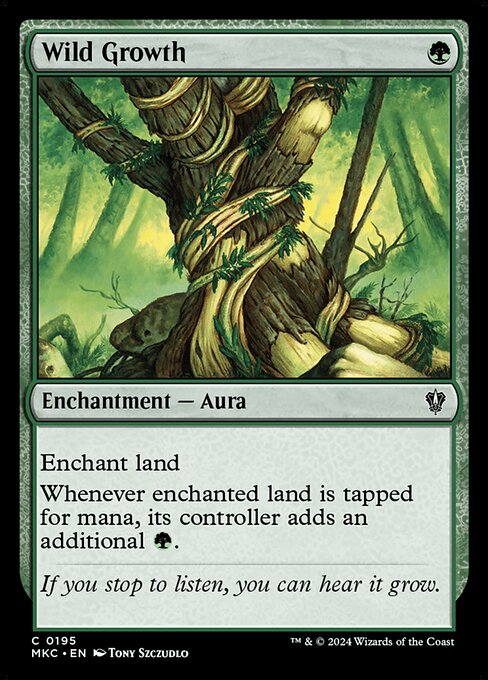
Wild Growth
-
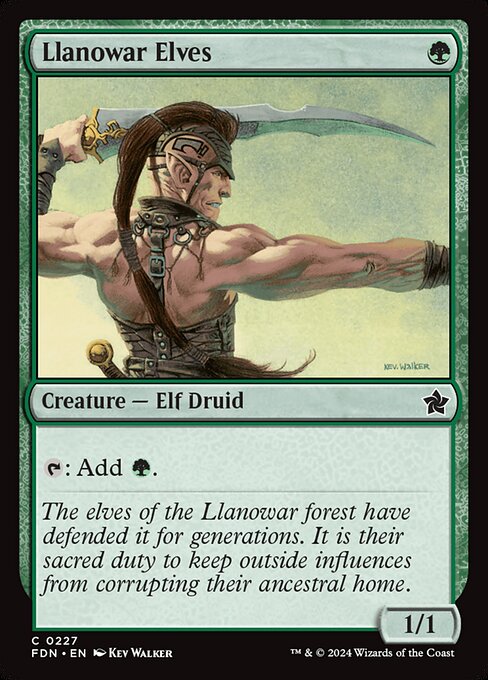
Llanowar Elves
-

The Ur-Dragon
-
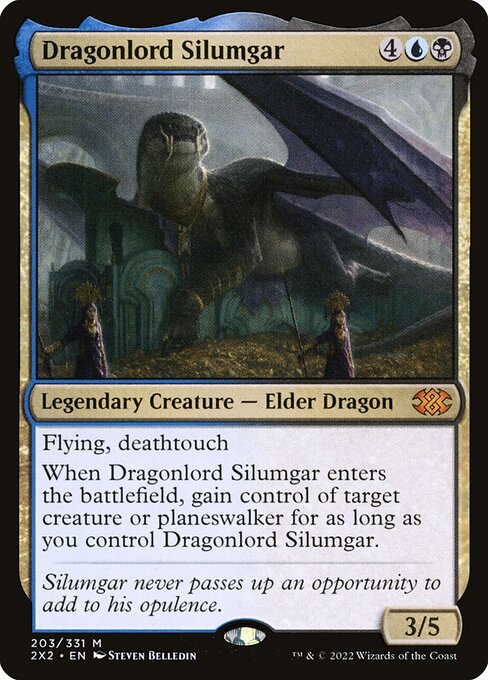
Dragonlord Silumgar
-

Edric, Spymaster of Trest
-
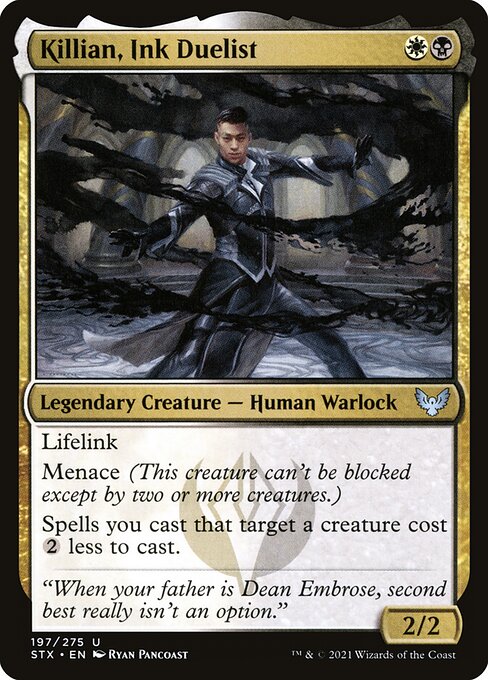
Killian, Ink Duelist
-
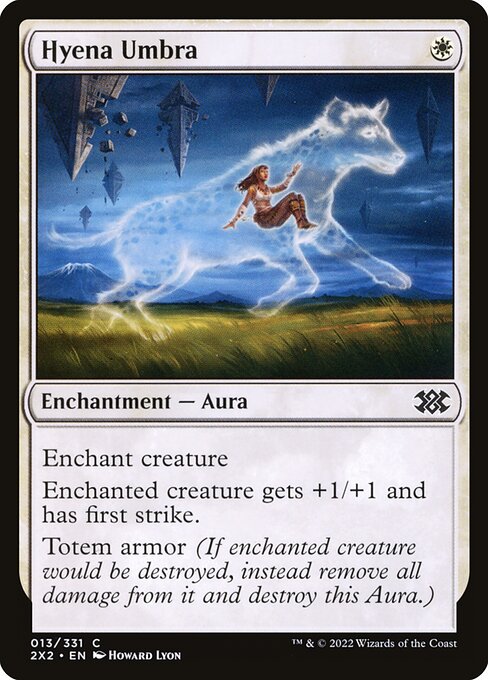
Hyena Umbra
-
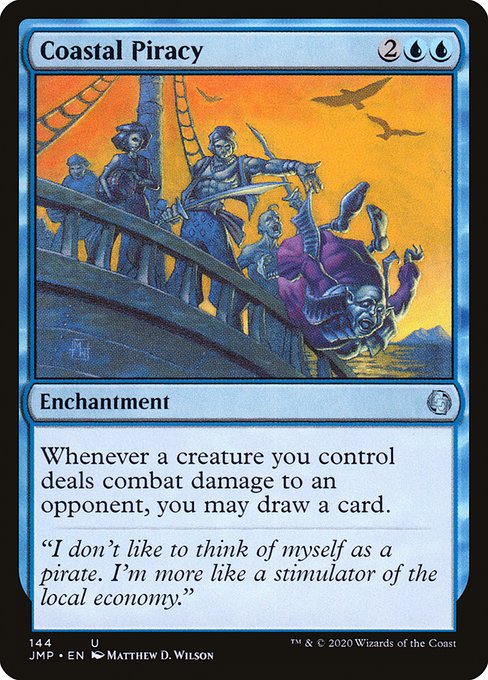
Coastal Piracy
-
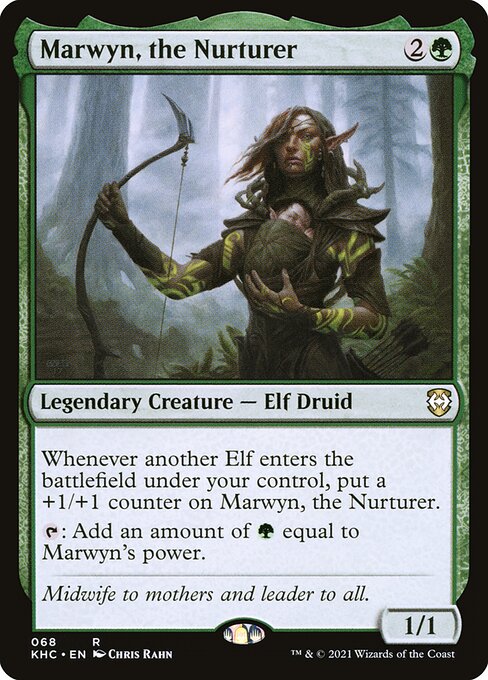
Marwyn, the Nurturer
Gameplay Summary
The game began with the expensive deck player leveraging strong mana acceleration and card advantage, starting with Mana Crypt and Celesia Signet into ramp spells like Three Visits and Wild Growth.
Early plays included key creatures and enchantments such as Hateful Avolon and Llanowar Elves from the budget decks, while the high-value deck developed a powerful board presence with dragons and synergistic spells.
A vital moment occurred when The Ur-Dragon player cast multiple dragons, benefiting from Marwyn and other ramp effects to cheat out large threats quickly, while the budget decks tried to stabilize with creatures that generate card draw and incremental advantage. As the game progressed, the high-value deck used The Ur-Dragon's ability to flood the board with powerful flying dragons, including Dragonlord Silumgar, which gained control of opposing creatures, shifting board control decisively.
The budget decks attempted to trade damage and gain incremental advantage through commanders like Edric, Spymaster of Trest, and Killian, Ink Duelist, who enabled card draw and cost reductions on spells.
However, the high-power deck’s superior ramp and synergy with dragons ultimately overwhelmed the budget decks, showcasing the power disparity despite the three-on-one scenario.



















![The Crew Tries cEDH [Commander VS 310] | Magic: the Gathering Commander Gameplay thumbnail](https://i.ytimg.com/vi/MDWsV49RWBg/sddefault.jpg)







![Commander Randomizer Part 2 [Commander VS 316] | Magic: the Gathering Commander Gameplay thumbnail](https://i.ytimg.com/vi/okRK1jVYfno/sddefault.jpg)





![Commander VS S15E2: Queen Marchesa VS Lord Tresserhorn VS Gwafa Hazid & Edric VS Saskia [EDH] thumbnail](https://i.ytimg.com/vi/cYXuLovNOrc/sddefault.jpg)
![Commander VS S12E9: Chainer vs Hope of Ghirapur vs Edric vs Ambassador Laquatus [EDH] thumbnail](https://i.ytimg.com/vi/dOiEyWLR-eE/sddefault.jpg)












![Strixhaven $100 Budget Game!! Killian vs Extus vs Codie vs Rootha [EDH/Commander, MTG Gameplay] 2021 thumbnail](https://i.ytimg.com/vi/Sa5f7O-_nZU/sddefault.jpg)
![Jenara Midrange vs. Killian & Lurrus [Duel Commander-EDH] - Magic: The Gathering thumbnail](https://i.ytimg.com/vi/7Vb4o4rYWD0/sddefault.jpg)


